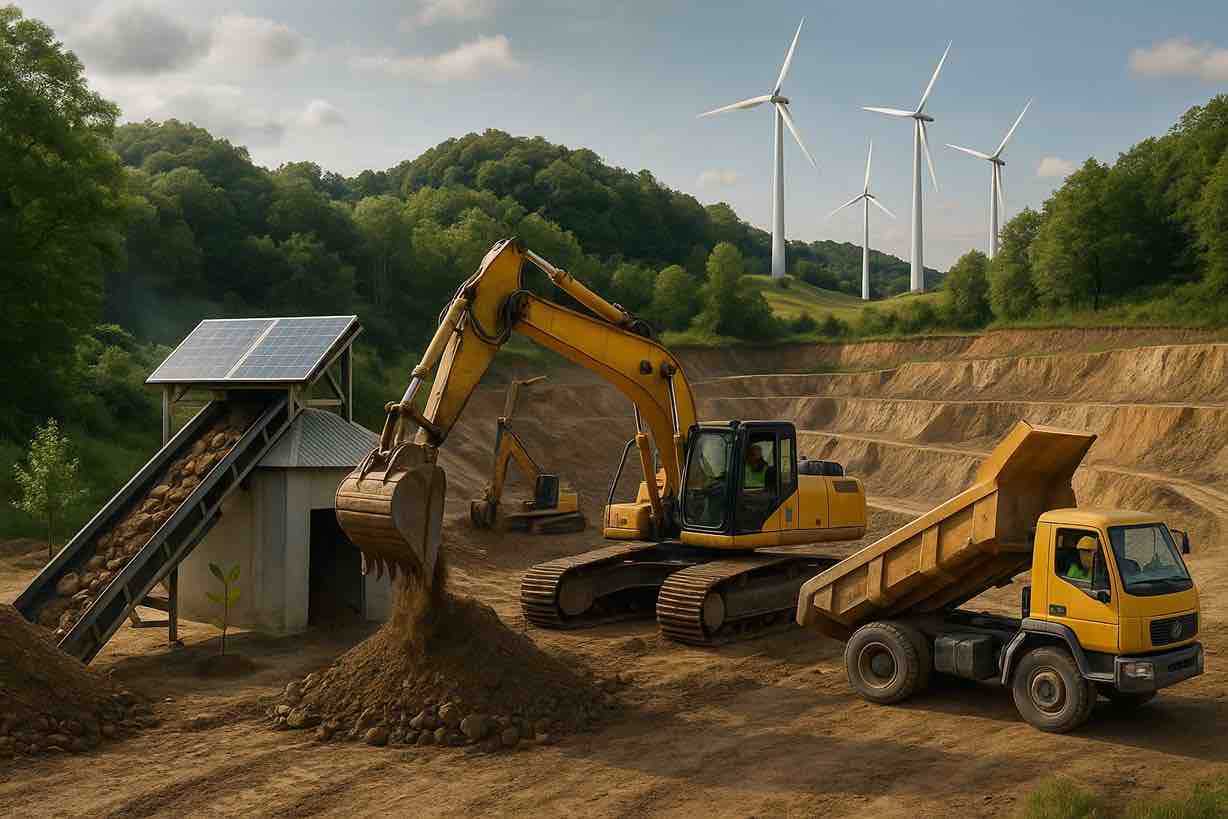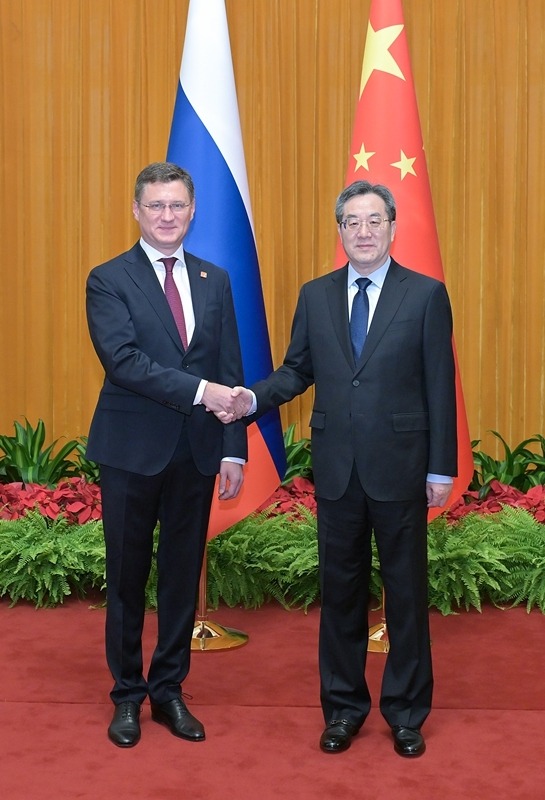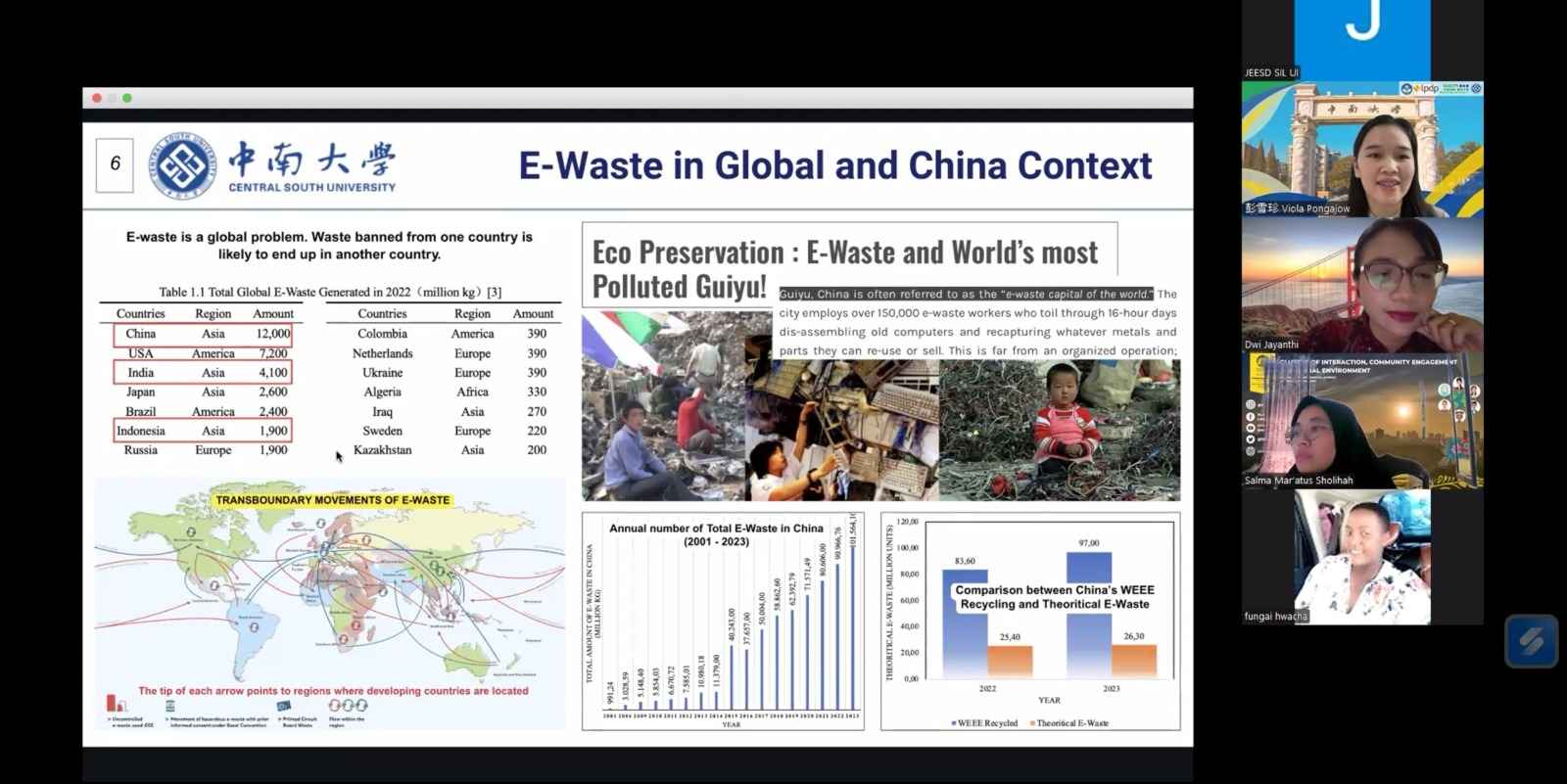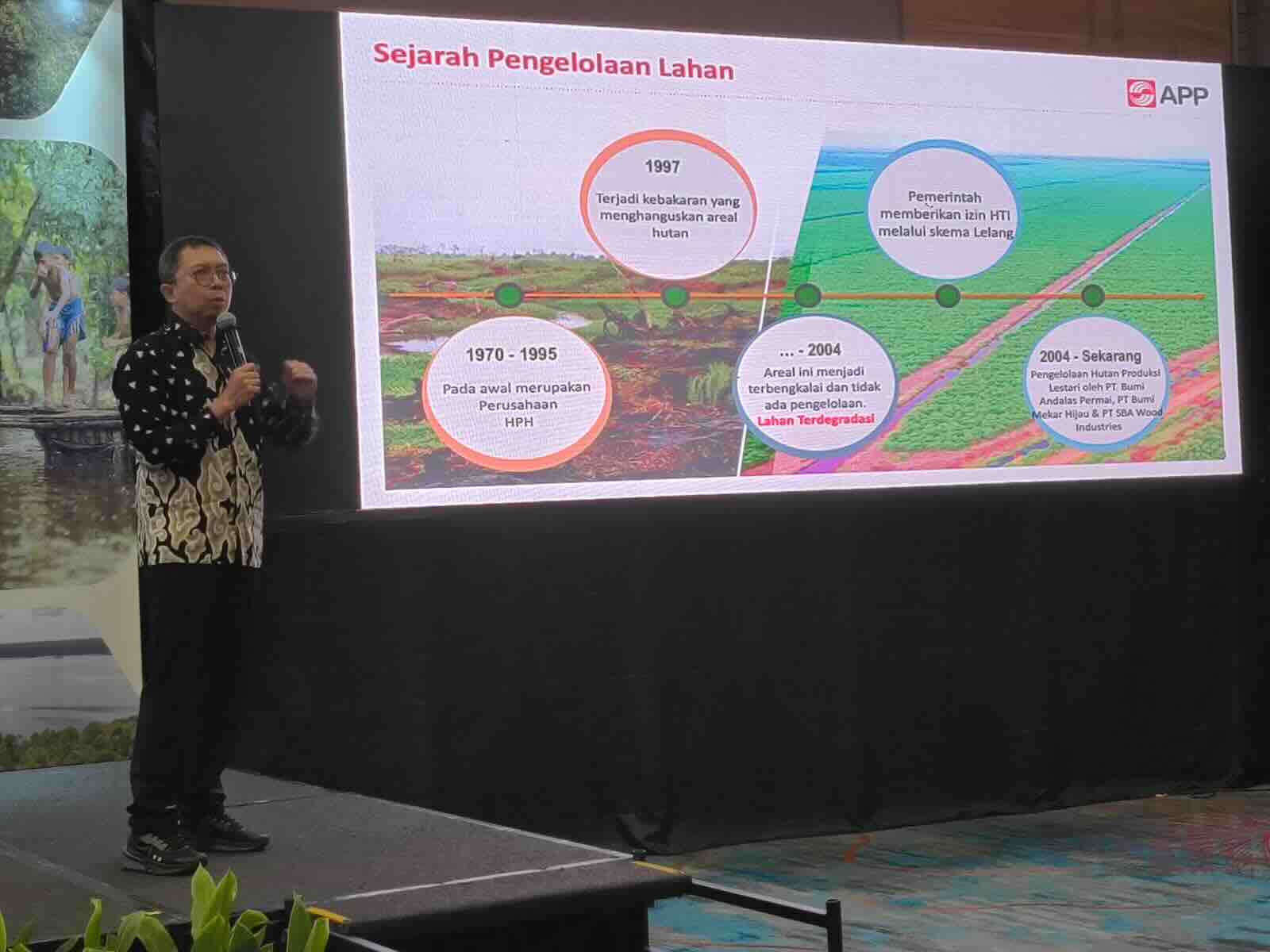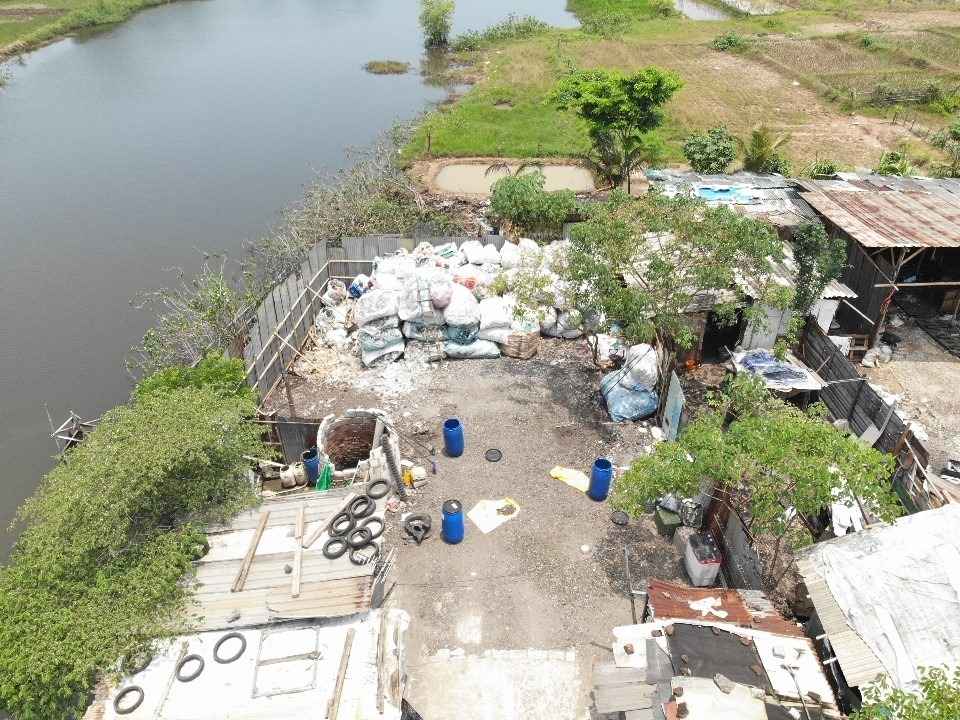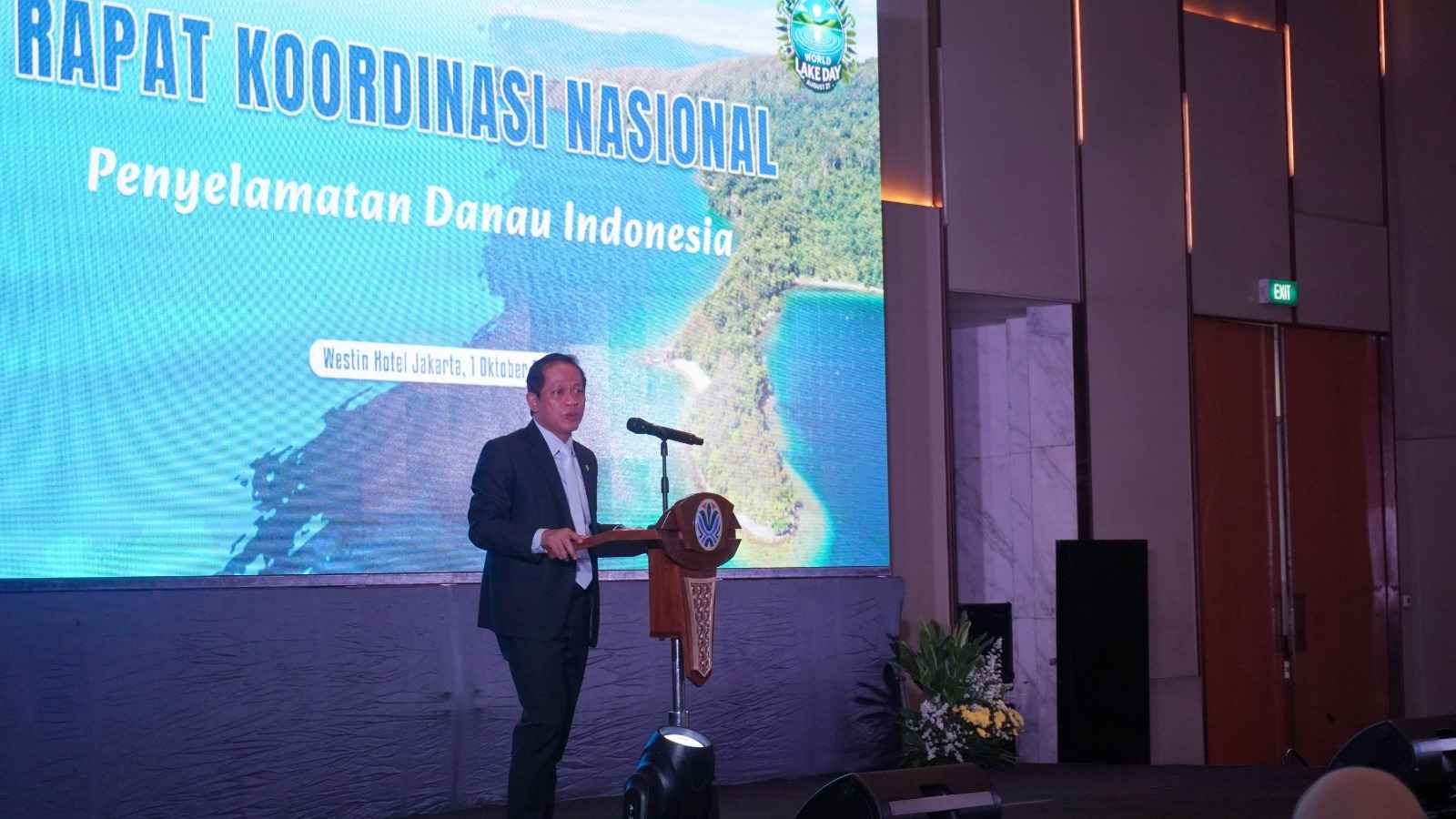By Dr. dr. Tri Edhi Budhi Soesilo, M.Si and Dr. Wezia Berkademi, S.E., M.Si
( Dr. dr. Tri Edhi Budhi Soesilo, M.Si is a medical doctor and environmental academic from the University of Indonesia who has dedicated himself to education and environmental oversight, particularly in the mining sector. )
( Dr. Wezia Berkademi, S.E., M.Si is a lecturer at the School of Environmental Science, University of Indonesia. Her expertise includes the economic valuation of natural resources and ecosystem services, as well as environmental modeling using Systems Thinking and System Dynamics approaches.)
Every human activity—from building houses to developing cities—inevitably impacts the environment. To some extent, we all extract from nature, causing changes that, in many cases, result in environmental degradation. However, when such activities are carried out on a large scale, such as nickel mining, the impacts also grow—ecologically, socially, and psychologically. Unlike daily routines, mining involves large-scale land clearing and the use of chemicals in mineral processing, which can lead to long-term environmental and public health effects. It is therefore understandable that the public pays critical attention to these activities. However, healthy criticism should be grounded in accurate information, not assumptions or prejudice. In Indonesia, mining operations do not take place in a legal vacuum. Numerous regulations govern the technical and social aspects of mining activities. These include Law No. 3/2020 on Mineral and Coal Mining (Minerba), Government Regulation No. 96/2021 on the Implementation of Mineral and Coal Mining Business Activities, as well as environmental regulations such as Law No. 32/2009 on Environmental Protection and Management, and various ministerial regulations from the Ministry of Energy and Mineral Resources (ESDM) and the Ministry of Environment and Forestry (KLHK) on topics ranging from reclamation and hazardous waste management to community involvement. However, even the best regulations are meaningless without integrity in implementation. In the context of mining, integrity means that companies must not only comply with licensing documents and environmental impact assessments (AMDAL) on paper, but must also genuinely apply principles of ethics, transparency, and social responsibility on the ground. Furthermore, local communities around mining sites should not be treated merely as recipients of impacts or social assistance. They are part of the mining ecosystem itself. Therefore, communication strategies by companies must be dialogical, not one-way. Outreach that only informs is not enough to build trust. What’s needed is two-way communication that listens, addresses concerns, and involves communities in decision-making. For instance, when a company installs water quality monitoring systems using sensors and chemical parameters, it is a positive step. But such efforts are unlikely to have much impact if the community does not understand technical terms like “hexavalent chromium” or “water pH.” This is where environmental and scientific literacy becomes vital. Consistent public education that aligns with local contexts can serve as a bridge between technological advances and public understanding. Amid the widespread disinformation and hoaxes on social media, strengthening environmental literacy among communities near mining areas is crucial to preventing conflicts rooted in misunderstanding. Hoaxes spread easily when corporate or government communication is rigid, opaque, or unresponsive. Therefore, community development programs must go beyond infrastructure projects or material aid. These programs should also focus on building critical thinking, discussion skills, and technical understanding so that communities can become equal partners in ensuring mining sustainability. In the end, all of us “harm” the environment to some degree. The difference lies in the scale and the responsibility we assume. That is why nickel mining—and all extractive industries—must prove that large-scale operations do not have to be synonymous with large-scale damage. This can only be achieved if activities are carried out with integrity, accountability, and community participation. In the face of widespread disinformation and hoaxes on social media, boosting literacy among communities near mining sites is key to preventing conflicts fueled by misunderstanding. Hoaxes thrive when communication from companies or the government is weak, rigid, or lacks transparency. Community development should not only focus on building facilities or distributing aid but also on developing thinking skills, discussion abilities, and technical knowledge. These efforts can be strengthened through cross-sectoral collaboration, including with universities and civil society organizations, to design contextual literacy programs. This way, local communities can become equal partners in mining sustainability. Ultimately, we all impact the environment in varying degrees. The difference lies in the scale—and in the responsibility. With integrity and a participatory approach, mining can be more than just an economic resource; it can become a model for responsible development practice.
( This article was originally published on Kompas.com under the title “Menambang dengan Amanah, Mengajak dengan Paham.” Editor: Sri Noviyanti)




